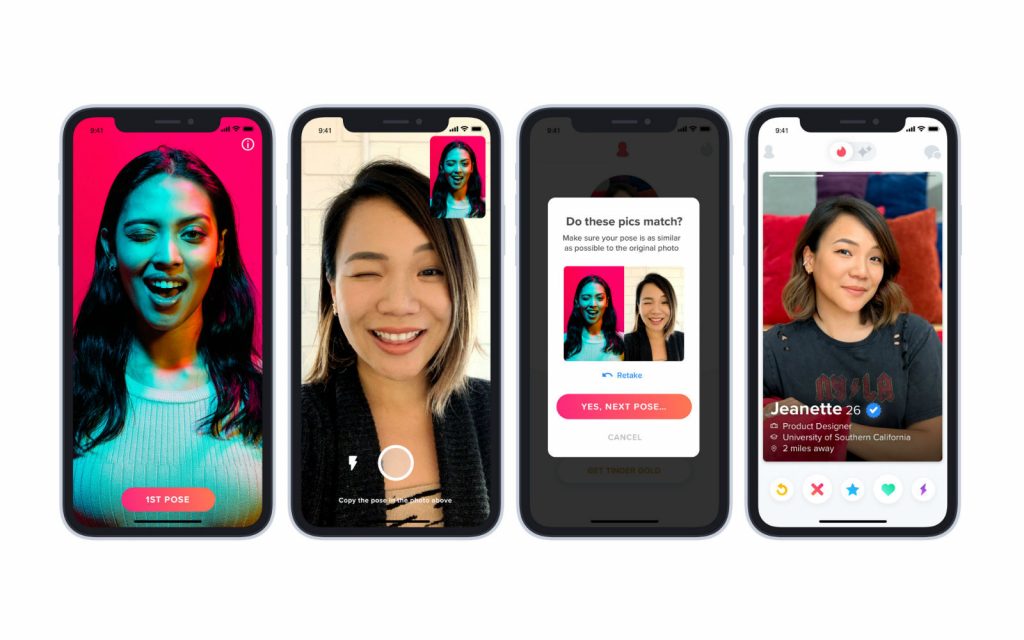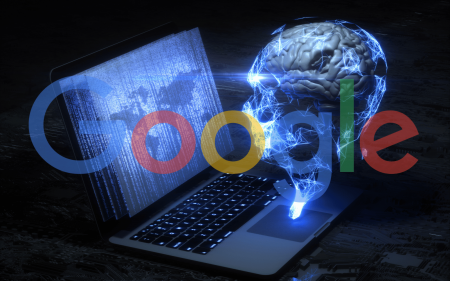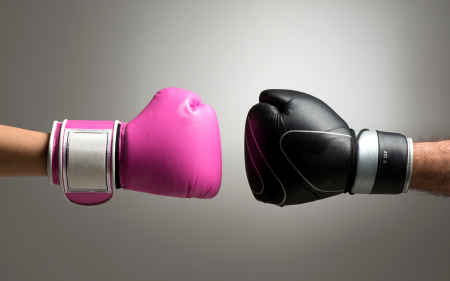Swiping right has become a phrase that is synonymous with online dating, after the gesture in that hook-up app Tinder to confirm your interest in another person.
To the uninitiated, Tinder shows you images of people with similar interest or in your vicinity (you can specify the radius in metres or kilometres) and if you’re interested in them, you swipe right. If the other person also swipes right, then the app gives both parties the other’s details.
But that phrase “swipe right” is now as much a part of the popular lexicon as “hashtag” or “like” and Tinder is arguably the gold standard of online dating.
It’s not a new concept. The 1976 science fiction film Logan’s Run featured a holographic version of swiping right, where the hedonistic citizens in a futuristic 23rd-century eutopia found sexual partners, one of whom was the still unknown Farrah Fawcett-Majors.
But the advent of smartphones and apps – and the ability to check them when you’re out and about, instead of sitting at a computer – has transformed dating. Even if just for one night…
There have been dating websites almost as long as we’ve had the World Wide Web itself. I write this as something of an amateur, as I’ve never used such sites nor have I used Tinder. I didn’t know there was an older, less salacious app called Bustle until a friend asked about another friend, who I didn’t even know got divorced.
I come from the dark ages where meeting someone involved a friend’s referral or a dinner party, which was itself a generation upgrade from in a bar and light-years from arranged marriages. I speak to the youngsters who work for me and younger friends who think meeting a stranger in a once-off setting like a bar is a random and potential sexually transmitted disease trap.
This mobile, smartphone-enabled, always-on digital generation would never “hook up” with someone without at least a precursory Facebook stalk.
Online dating has become the new norm for meeting people and its big business. Tinder’s owner Match Group reported a massive $2.1bn in earnings last year, half of which – a right-swipeable $1.2bn – was from Tinder alone. Match also owns other well-known dating platforms Hinge and OkCupid, but clearly Tinder is the catch of the day, as it were.
Tinder’s 2019 revenue is a 43% increase over the previous year and now has 7.86m users, which shows how fast app-based dating is growing.
But not without controversy, or the same dangers of a stranger in a bar. ProPublica revealed in December that Tinder – and another Match-owned app PlentyofFish, as well like Bumble and others – have allowed known sex offenders to use the apps. The terms require the users to self-report if they are guilty of a crime or registered as a sex offender. After a number of assaults, Match checks its paid customers against sex offender lists, but not the free users. Tinder recently introduced a panic button.
Online dating has also introduced a new term to our lives: catfishing. This means someone creates a fake identity for themselves, mostly on social media, and often on dating websites where the profile picture doesn’t look anything like the person themselves.
It turns out dating in the digital world is a complex – and potentially dangerous – in the real world.




